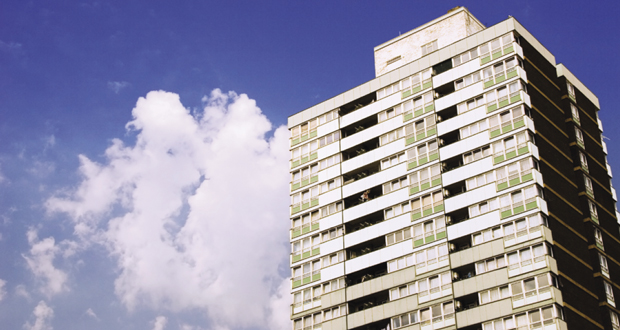Conor Logan, Technical Director at Colt International provides an overview of the latest changes to fire safety in residential buildings
On the 2nd April, Housing Secretary Robert Jenrick MP announced ambitious steps, initiated by the aftermath of the Grenfell Tower fire, to further reform the building safety system, with the aim of ensuring that residents are safe in their homes.
Firstly, the Ministry of Housing, Communities & Local Government (MHCLG) published their response to the Building a Safer Future Consultation(i)which sets out plans to reform building safety. This includes creating a new, more stringent, national Building Safety Regulator(ii), currently being devised by the Health and Safety Executive, who will be responsible for implementing, enforcing and overseeing safety in all multi-occupied residential buildings over 18m (or six storeys). Importantly, the Building Safety Bill(iii) also provides for the ability to amend the scope in the future, if deemed justified.
The Bill also introduces a comprehensive duty holder regime so that those responsible and accountable for safety in high rise residential buildings are clearly identifiable and specific gateways where building information will be reviewed. Furthermore, residents will have a defined route for access to building safety information and also a means for their voice to be heard if they have unresolved safety issues.
CONSTRUCTION PRODUCTS
There will be a new focus on Construction Products, with the introduction of a new Construction Products Standards Committee, which will not only raise the bar for construction products but will also introduce voluntary requirements for third party certification schemes. Of course, this already existed with CE marking under the Construction Products Regulation for products, where called or under a national regulation, but was poorly policed and with Brexit, needed a replacement scheme anyway.
A further enhancement would be to encourage a third party review of design, installation, commissioning and maintenance procedures. For example, the Smoke Control Association(iv) has a third party scheme for design, installation and maintenance of smoke control systems.
Colt were the first to be registered for smoke control systems, including smoke and fire curtains – so would like to see a scheme that went one step further and introduced mandatory certification to ensure construction products are fit for purpose in life safety applications.
FIRE SAFETY BILL
The Fire Safety Bill(v) will introduce changes to the Regulatory Reform (Fire Safety) Order 2005, so that the external walls and internal doors, such as the entrance doors to flats are now clearly within scope and should be covered by a building’s Fire Risk Assessment and come under the enforcement powers of fire and rescue services.
There is to be a technical review of Approved Document B(vi), introducing for example, residential sprinklers and clear, consistent wayfinding for buildings over 11m high features heavily in the content, as does combustible cladding and its removal. Much of this review will include research and investigation, which in many instances will be time consuming. As means of escape is on the long-term plan, don’t expect many changes to be implemented quickly, which is a shame; an opportunity missed to raise the bar with some quick and easy gains.
For example, remove the ambiguity of Automatic Opening Vents – smoke ventilation to common corridors in residential buildings is provided to remove smoke and help people escape safely. The current practice of allowing a window to arrive from one source and an actuator from another, to be fixed together on site by, potentially, anyone with a site pass, with no long-term testing or proven performance capability, or even demonstrating the screws are the right ones, should not be permitted. Compliance with testing standards should be mandatory, specification of those standards is necessary to enforce compliance. Likewise, provide a performance specification that has clear deliverable objectives that are related to the risk. Pressurisation, a method of preventing smoke spread to critical escape paths, such as lobbies and staircases, is a proven high-performance protection system. It should be the go-to solution for the higher risk buildings.





